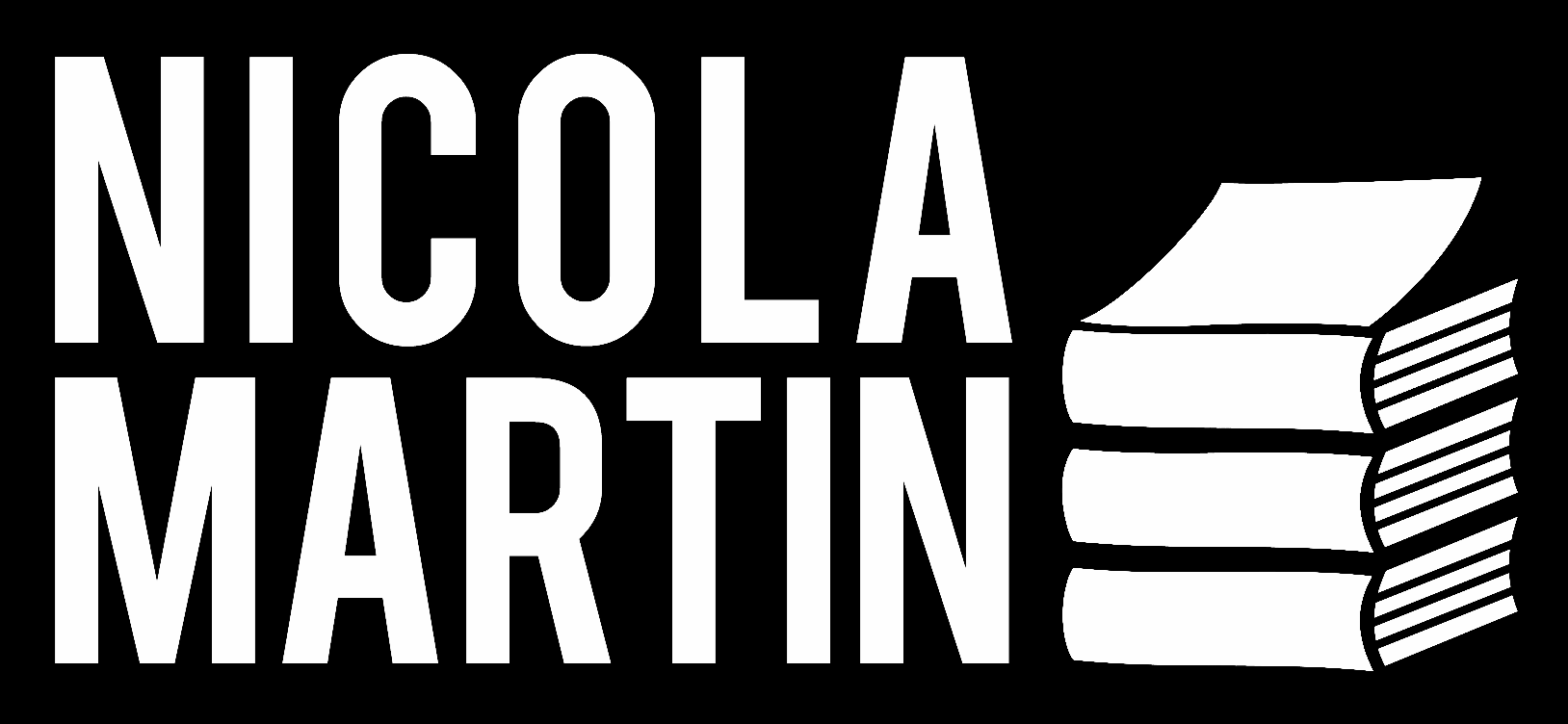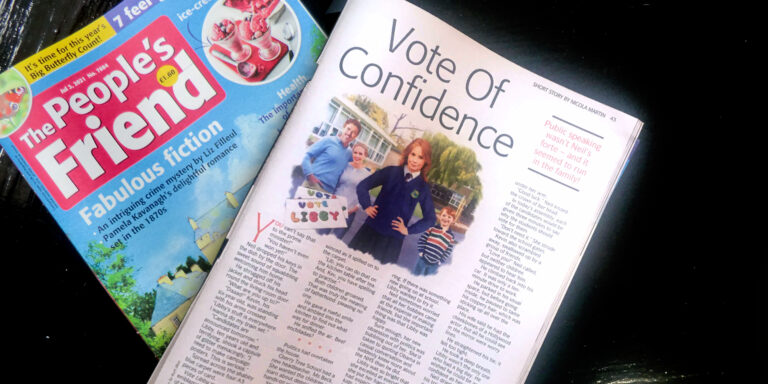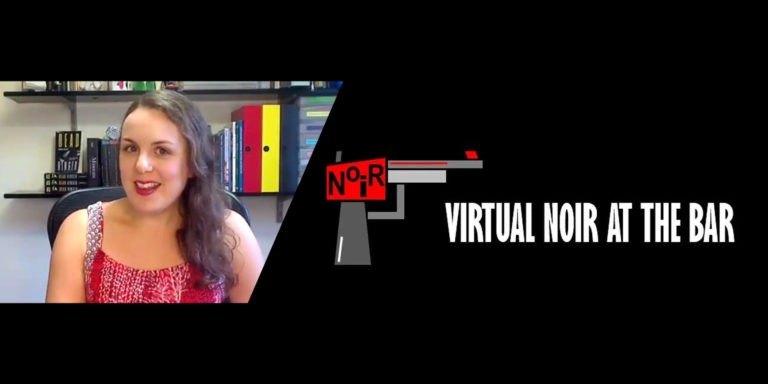How to Use Storytelling To Improve Your Presentations and Pitches
Whether you’re giving a work presentation, delivering a training session, or pitching your business, you need your audience to actually listen to you! The solution to a boring, unmemorable presentation lies in using your own personal stories.
You are a storyteller, whether you realise it or not.
For example, when someone asks what you did on holiday, you don’t just list the activities you did (*monotone voice* “from 10 till 11 I waited to go through security at the airport”).
No, you tell a story. You pick out the most notable thing that happened to you on holiday. “I saw a dolphin!” “I climbed a mountain!” “I got drunk and woke up in a field.”
You probably already talk about yourself in a pitch or presentation, but you might just end up listing your CV or facts about yourself. Why not tell a story instead?
Use personal anecdotes as an interesting way to begin a presentation. Talk about your ‘why’, your personal motivations, in a pitch. For a training session, bring to life a moment where the knowledge you’re sharing was absolutely essential.
Learning about traditional story structure can help you to shape your personal stories.
The hero’s journey in mythology and movies
You’ve probably heard the term “the hero’s journey”. It comes from mythology, but it also gets used a lot by novelists and screenwriters. It’s the purest form of story structure.
Luke Skywalker, Harry Potter, Katniss Everdeen – these are all heroes and they all go on a journey.
Essentially, the journey is this:
– the hero is called to adventure
– they refuse the call, but someone, usually a mentor, convinces them that they have to answer the call
– the hero heads out on their quest
– they’re tested, they meet allies who help them and bad guys who hold them back
– they face the ultimate test, looking defeat square in the eyes (the dark night of the soul)
– but they emerge triumphant!
Your own hero’s journey
Now you may be thinking: I have not personally been scarred by evil Lord Voldemort as a baby. My life has not been a quest. I am not a hero on a journey. I don’t even know how to use a lightsaber.
But your life has been a journey.
Maybe you lost your job unexpectedly and had to figure out where to go next.
Maybe you had a health scare, or you woke up at 40 thinking, “man, I need to change things.”
Maybe you had a goal, something you really wanted, but you got knocked down again and again and again.
Those are all journeys. We all suffer through our lowest moment. This is what writers call “the dark night of the soul”. We learn from our struggles and we come back stronger.
Storytelling tips
Moments of change. Moments where everything was going wrong. Moments where you considered giving up.
These moments are the heart of your story. And that’s my first tip for how to be a storyteller:
1. People want to hear the struggle
In life, we’re quick to put a gloss on everything. “I started at my job and I was promoted and now I basically run the place.”
That’s not relatable. What’s relatable is being vulnerable; sharing your low moments and how you bounced back.
2. Start with a hook
You might have heard the phrase “start at the very beginning”. No. That’s a terrible place to start in a story.
When you’re telling a story, you should start with a hook. Something that grabs attention.
Start at the most pivotal or most exciting part of your story, and then flash back to the beginning once you’ve hooked the audience’s attention.
3. Keep it simple
Keep it short, keep it sharp, keep it memorable.
This might mean you have to simplify aspects of your story, hit the fast-forward button.
It might mean you brainstorm a much longer version of your story and go through an edit. Pick out the most meaningful parts. Skip over the boring stuff.
4. Bring it to life
When you’re telling your story, try and remember the small details. The way things looked, what you could hear, even the smells and the textures. That’s what makes the audience feel like they’re there with you.
My challenge to you
Now my challenge for you is to put on your cape and start thinking of yourself as a hero. Think about your own hero’s journey.
What was your lowest moment and how did you bounce back from it?
I promise you that using personal stories can absolutely transform any pitch, presentation, training session you give.








ip89i0
kxvovs
3yve0z
vo7s5s
xkns6l
k0vt88
bwnfrn
a7ku51
9cj2i8
x4f4w5
What techniques do you use to identify which personal stories are most relevant to your audience?
Regard Administrasi Bisnis
mq7m1h
tziy49
wgv0ic
How can personal stories make a presentation more memorable and relatable?